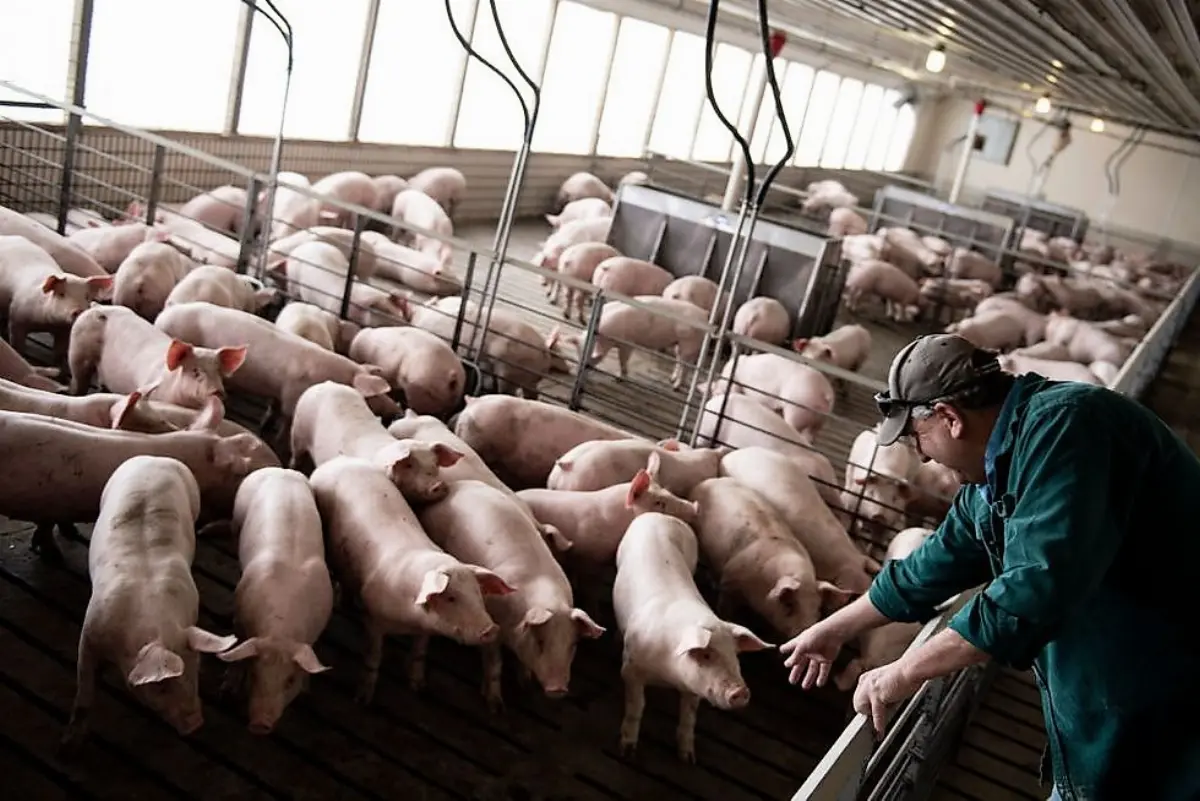
German feed industry asks government for help
Production in Germany falls for second year in a row

Following yet another decline in the pig population that has affected, in turn, overall feed production in Germany, the German feed industry association is calling for guidance to ensure future safety of the sector and the food chain in general.
"From feed manufacturers to consumers, food costs affect everyone -stresses Cord Schiplage, president of the German animal nutrition association Dvt-. Throughout the food supply chain, companies expect those in power to generate and communicate clear, long-term policy perspectives. With this guidance, the various stakeholders can help create resilience in the food chain and a secure economic future. With regard to animal husbandry, this new framework will provide support to maintain high standards of food quality and safety, as well as animal care and welfare".
According to Schiplage, as the link between crop and animal production, the feed sector has an important role to play in the future of the food chain. The problem is that the sector, for the second year in a row, experienced a decline in 2022 that, at this point, seems unstoppable: according to the latest Dvt data, at about 22 million metric tons (mmt), total feed production in Germany last year was 1.4 mmt, or 6 percent less than in 2021.
While attributing this trend to various economic factors, Schiplage says the débacle was caused by the decline in the number of farm animals in Germany. This decline was especially pronounced in the domestic pig population since, at 9.7 million head as of November 2022, the number of fattening pigs in the country was 11.6 percent lower than a year earlier.
Last year, there were 281 compound feed manufacturers in Germany, six fewer than in 2021: sales of all compound feed nationwide increased from 8.3 billion euros in 2021 to about 10.5 billion euros, according to Dvt. data. In addition, sales of feed ingredients and minerals touched 12.9 billion euros.
According to Fefac, that is the European feed manufacturers' association, total industrial feed production in Germany in 2021 was 23.55 mmt, 3.1 percent less than in 2020: feed production for pigs was 9.41 mmt, for cattle 7.02 mmt, and for poultry 6.35 mmt. Compared to 2020, these figures represent annual reductions of 4.4 percent, 3.2 percent, and 1.6 percent, respectively.
Significant declines, especially when compared to EU feed production, which, according to the Fefac report, declined only 0.17% to 150.3 mmt between 2020 and 2021: according to the Alltech agri-food outlook 2023, global feed production in 2022 was 1.266 billion tons, a decrease of 0.42% compared to 2021. Also in 2022, despite a 3 percent decrease in production volume compared to 2021, or just under 261 mmt, China remains the world leader in feed production.
EFA News - European Food Agency